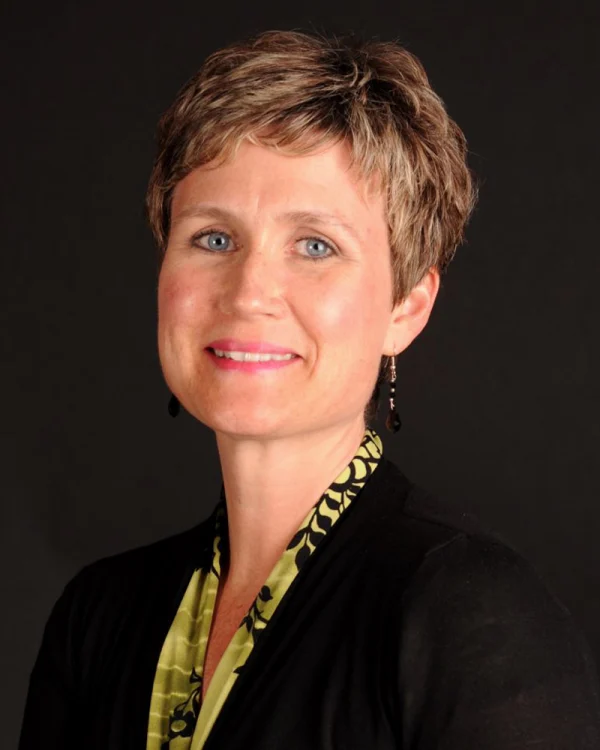As the fall semester comes to an end, course evaluations begin. Students are emailed and receive notifications through Canvas to fill out forms evaluating their professors and courses.

Theresa Garbe, director of institutional research and effectiveness, oversees the process and works with the program that runs the evaluations.
“We did move to a new platform this summer. This new product integrates with Canvas, making it much easier for students and faculty,” Garbe said.
Since the evaluations are now conducted through Canvas, a pop-up screen appears every time students log in, reminding them to complete the evaluation. This change has made the process more accessible.
“Our hope is that we will have a higher completion rate. We think we will have a better response rate,” Garbe said.
Before Canvas was involved, emails with links to an external platform were sent to students for them to fill out the surveys.

Sophomore Tessa Schwartz is in SGA, and she agrees that having Canvas involved makes it much more convenient.
“Yes, it was easier. They did it differently this year because people didn’t fill out last year’s surveys,” she said. “I’m head of SGA concerns, and we talked to the academic dean to get it through Canvas so it can be easier.”
With the advancement of software, the features of the evaluation process have advanced.
“The new software allows individual faculty members and Milligan as a whole to aggregate data,” Garbe said. “We can see how we are doing institutionally, and how students rate us on the integration of faith in our courses.”
Freshman River Rockholt plans to complete these surveys.
“I have not yet done the surveys, but I plan on doing them because some of my teachers are giving extra credit for it,” he said.
Despite many improvements, there was a technical difficulty that temporarily brought down the process for around a day.
“On Thursday or Wednesday, the platform went down. I started getting emails from the vendor every hour on the hour, to send an update,” Garbe said. “They informed me that we had some students whose course evaluations may not have gone through.”
However, the problem was relatively minor. “This affected only a handful of students,” Garbe said. “They were resolved in less than 24 hours.”
Once the program went back up, the affected students were contacted and asked to resubmit their evaluations. The problem was quickly resolved, and the platform resumed normal operations.
story by Nicholas Caparoso

